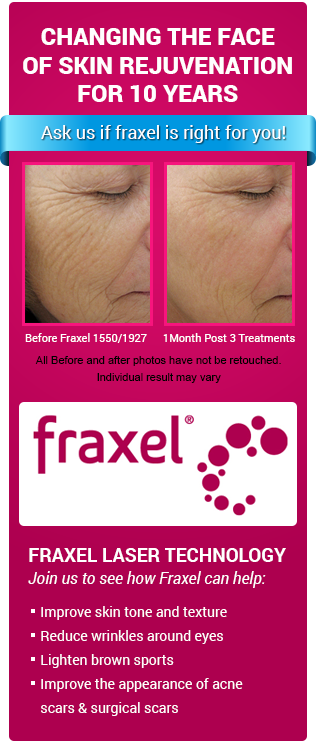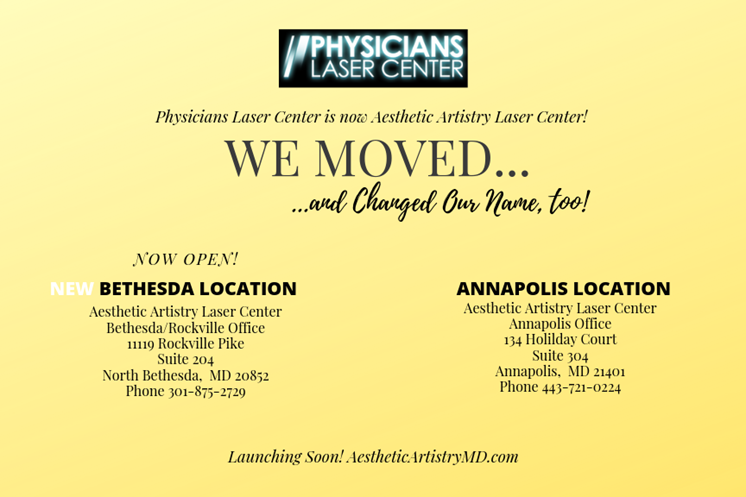Microdermabrasion
Microdermabrasion is a cosmetic procedure in which the stratum corneum (dead outermost surface of the skin) is partially or completely removed by light abrasion, to remove sun-damaged skin and to lessen pores and dark spots on the skin. Microdermabrasion can also be effective in the treatment of acne. The procedure is not painful and requires no anesthetic.
Who is a good candidate for Microdermabrasion?
The best candidates for Microdermabrasion are individuals with acne prone and blotchy skin, small scars, rhytides, keratoses, large pores, milia, or sebaceous hyperplasia. If you have sun damage or uneven texture and would like to improve the condition of your skin, you may be a good candidate for Microdermabrasion.
Microdermabrasion is not recommended for those who have active keloids, undiagnosed lesions, recent herpes outbreaks, warts, active, weeping acne (stages 3 to 4), active rosacea, unstable diabetes or auto-immune system disorders.
Does Microdermabrasion hurt?
Microdermabrasion does not hurt, although it may sting a little around the eye area. The patient normally works up to a level as they go to increase the penetration to the skin. Your skin may feel a little hot and appear a little pink for the first day. You should be perfectly fine that night. Although really intense Microdermabrasion treatments may leave you pink for several days, the technician can turn down the controls if the suction or level of the blast is too strong for you.
What should I expect during treatment?
Patients have attributed the sensation of a Microdermabrasion treatment to a slight windburn, although depending upon the level that you wish to reach, the discomfort is usually quite minimal, if at all. The treatments typically last 20 to 30 minutes for the face. If your treatment includes the neck and upper chest area, it may last up to an hour. A normal course of Microdermabrasion treatments varies between 4 to 8 at approximately 2 week intervals. It is recommended that you schedule an additional treatment every 1 to 3 months to maintain your skin in excellent condition. Most patients actually feel and see a difference just after one or two treatments but schedule additional treatments to increase this improvement.
What are the risks associated with Microdermabrasion?
There are not many risks associated with Microdermabrasion if you are a healthy adult, but enough to mention for those of you with skin or medical conditions. If the medical grade machines are used at high power it carries potential risks of hyperpigmentation, perforation, bleeding, and infection. Infection can also be a risk if the machines are not sterile. Many components of these machines are meant to be sterilized, autoclaved or changed out with a new disposable piece. Any and all pieces that come into contact with your skin should be able to be sterilized or changed out. Furthermore, there could be possible harm from the inhalation of the aluminum in the Al2O3 crystals, also known as Corundum, but this is rare.
How long does it take to see results?
That depends on your skin and the Microdermabrasion machine used by your doctor. Some patients reported changes after the first treatment. Your skin will look cleaner and healthier after a few Microdermabrasions, but major changes (like reduction of wrinkles and scars) become visible after five treatments.













